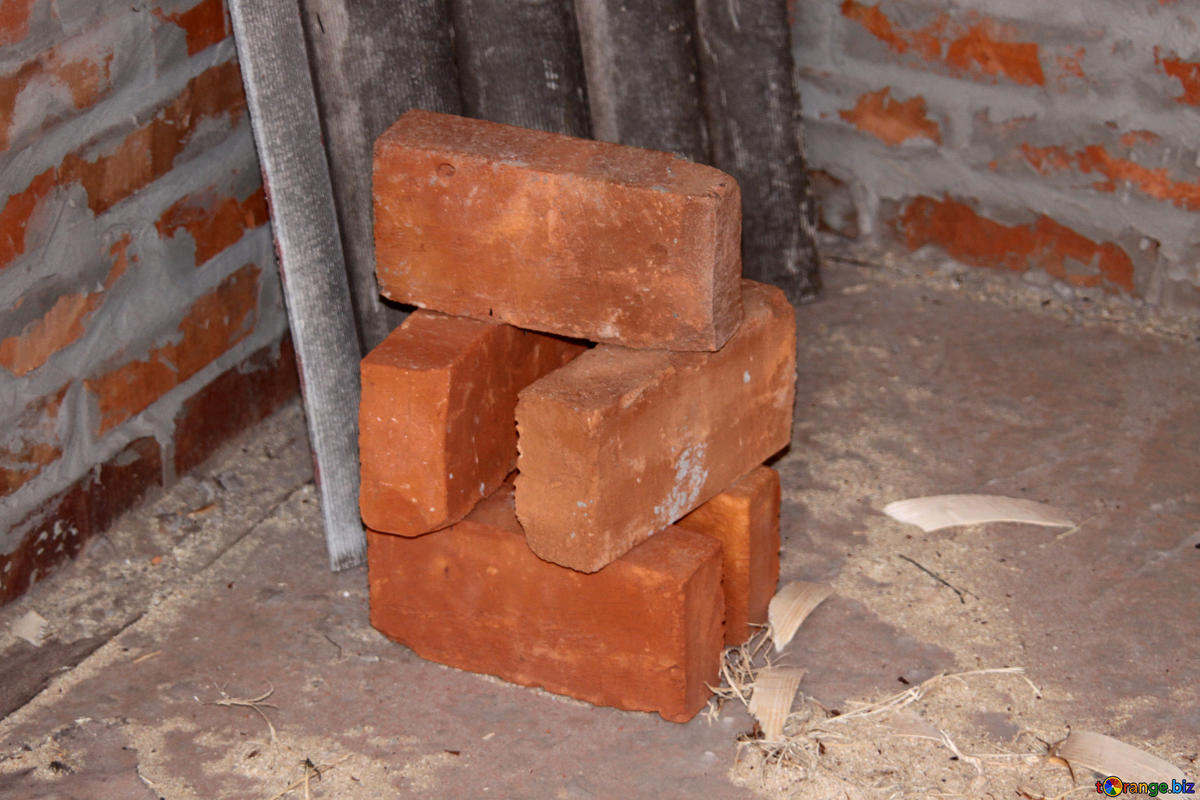Concrete curing is the process of maintaining a wet environment for freshly placed concrete for a specific period of time in order to allow it to properly harden and reach its maximum strength. Curing concrete is an essential step in the construction process, as it helps to ensure the longevity and durability of the finished product. In this article, we will discuss the importance of concrete curing, the different methods of curing concrete, and some tips for ensuring proper curing of concrete.
Why is Concrete Curing Important?
Concrete is a mixture of water, cement, and aggregate (such as sand and gravel). When water is added to cement, a chemical reaction occurs which causes the mixture to harden and bind together. However, this process takes time, and the concrete must be kept moist in order to allow the chemical reaction to take place fully. If the concrete is not cured properly, it can become weak and prone to cracking and other damage.
Curing concrete helps to:
-
Maintain the moisture content of the concrete:
Concrete needs a certain amount of water in order to properly harden. If the concrete loses moisture too quickly, the chemical reaction that causes it to harden will not be able to take place, resulting in a weaker finished product.
-
Control the rate at which the concrete hardens:
Concrete hardens at different rates depending on the temperature and humidity. Curing helps to regulate these conditions, ensuring that the concrete hardens at a consistent rate.
-
Prevent cracking:
If the concrete hardens too quickly, it can develop cracks due to the internal stresses that are created as the concrete sets. Curing helps to prevent this by allowing the concrete to harden slowly and evenly.
-
Improve the overall strength and durability of the concrete:
Properly cured concrete is stronger and more durable than concrete not cured properly.
Methods of Curing Concrete
There are several methods of curing concrete, each with its own advantages and disadvantages. Some of the most common methods of curing concrete include:
-
Water curing:
Water curing is the most common method of curing concrete, and involves keeping the concrete moist by spraying it with water or covering it with a water-retaining material, such as a wet burlap sack or plastic sheeting. Water curing is effective because it helps to maintain the moisture content of the concrete, allowing the chemical reaction that causes it to harden to take place. However, it can be labor-intensive and requires a constant supply of water.
-
Steam curing:
The steam curing method involves enclosing the concrete in a steam-filled chamber in order to accelerate the curing process. Steam curing is often used for large concrete structures, such as bridges and dams, as it allows the concrete to reach its maximum strength in a shorter period of time. However, steam curing requires specialized equipment and is not suitable for all types of concrete.
-
Chemical curing:
The chemical curing method involves applying a chemical curing compound to the surface of the concrete in order to create a barrier that helps to retain moisture and regulate the curing process. Chemical curing compounds are easy to use and do not require constant water application, but they can be expensive and may not be suitable for all types of concrete.
-
Membrane curing:
The membrane curing method involves applying a thin, flexible membrane to the surface of the concrete in order to create a barrier that helps to retain moisture and regulate the curing process. This method is often used in situations where water curing is not practical, such as on horizontal surfaces or in cold weather. However, membrane curing can be expensive and requires special equipment.
Tips for Ensuring Proper Concrete Curing
Here are some tips for ensuring proper concrete curing:
-
Follow the recommended curing time:
The recommended curing time for concrete varies depending on the type of concrete and the conditions in which it is placed. Be sure to follow the recommended curing time for your specific type of concrete in order to ensure proper curing.
-
Protect the concrete from the sun and wind:
Exposure to the sun and wind can cause the concrete to dry out too quickly, which can inhibit the curing process. Protect the concrete from the sun and wind by covering it with a wet burlap sack, plastic sheeting, or other water-retaining material.
-
Keep the concrete moist:
As mentioned above, it is important to maintain the moisture content of the concrete in order to allow the chemical reaction that causes it to harden to take place. Keep the concrete moist by spraying it with water or covering it with a water-retaining material.
-
Avoid walking or driving on the concrete:
Walking or driving on the concrete while it is curing can cause it to become damaged or uneven. Avoid walking or driving on the concrete until it has fully cured.
-
Use a curing compound:
If water curing is not practical or you are working in cold weather, consider using a chemical curing compound to help regulate the curing process. Be sure to follow the manufacturer’s instructions when using a curing compound.
Concrete Curing time period for different building elements
Here is a table outlining the recommended curing time for different types of concrete building elements in construction:
| Building Element | Recommended Curing Time |
|---|---|
| Foundations | 7 days minimum |
| Slabs | 7 days minimum |
| Walls | 7 days minimum |
| Beams and Columns | 7 days minimum |
| High-strength concrete | 28 days minimum |
*Note: These curing times are based on a minimum temperature of 50°F (10°C). Concrete placed in cold weather may require a longer curing time.
It is important to follow the recommended curing time for your specific type of concrete in order to ensure proper curing and maximize the strength and durability of the finished product. If you are unsure of the recommended curing time for your project, consult with a structural engineer or the manufacturer of the concrete.
Conclusion
Concrete curing is an essential step in the construction process, as it helps to ensure the strength and durability of the finished product. By following the proper curing methods and taking steps to protect the concrete from the sun and wind, you can help to ensure that your concrete cures properly and reaches its maximum strength.
Also Read: What is Pumped Concrete? Types of Concrete Pumps



